alwepo.com, Preventative Tech – A New Era of Industrial Safety – Imagine a world where forklift accidents are a thing of the past.
That’s not a distant dream—it’s a rapidly emerging reality. Thanks to groundbreaking AI innovations, warehouses and factories are entering a new age where machines are smarter, safer, and more proactive than ever.
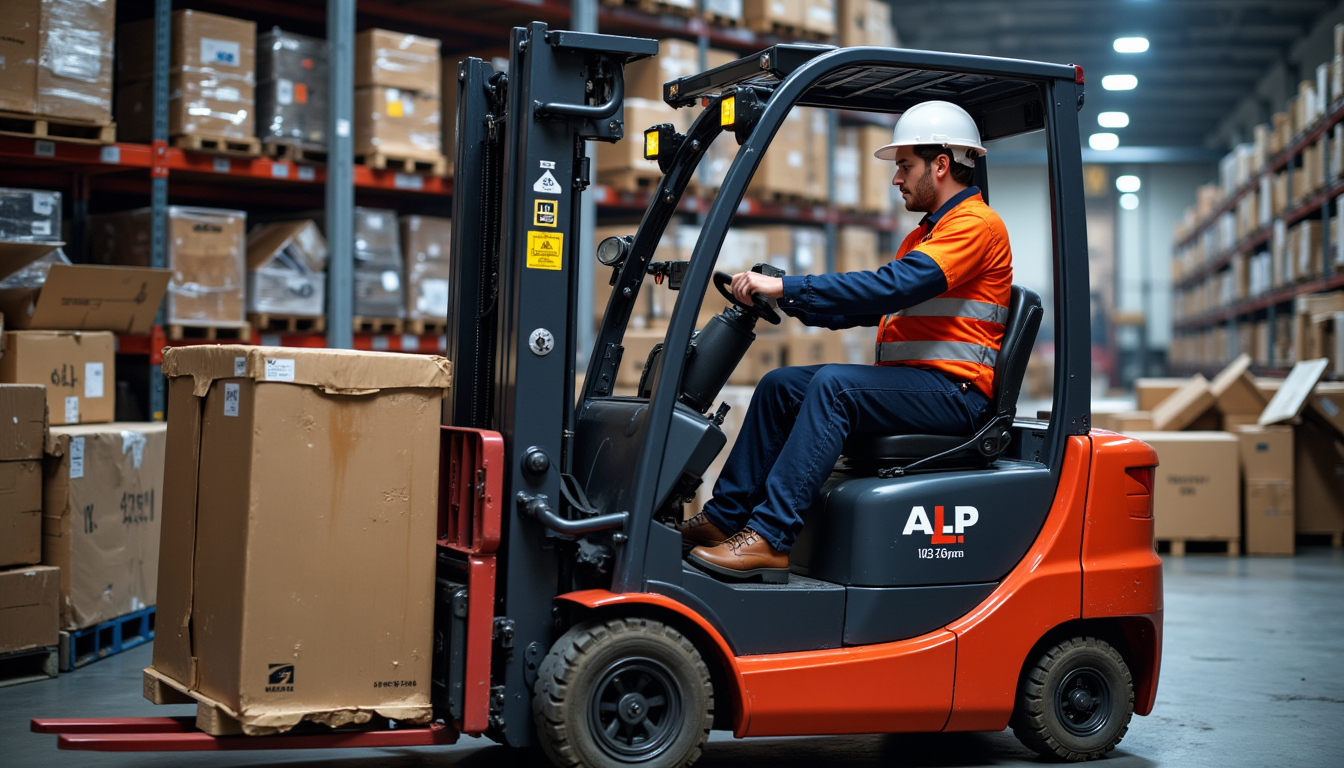
Today’s industrial sectors face a critical challenge: forklift accidents continue to wreak havoc on productivity, profitability, and—most importantly—human lives. But the solution is no longer just relying on better operators; it’s about empowering machines with intelligence.
Intrigue/Teaser
What if the secret to eliminating forklift errors isn’t better drivers, but smarter machines?
The answer lies in a technological leap reshaping the landscape of industrial operations. Artificial intelligence is stepping in as the invisible guardian—detecting hazards before they happen, warning operators in real time, and even taking control when necessary.
This article reveals how AI-driven systems are changing forklift safety forever and why human error in material handling may soon become a relic of the past.
The Silent Hazard: Forklift Failures
Forklifts are indispensable to warehouses, manufacturing plants, distribution centers, and logistics hubs. They move thousands of kilograms of goods daily, enabling supply chains to function smoothly. Yet behind this efficiency lies a silent, persistent danger.
The Devastating Impact of Forklift Accidents
Forklift accidents cause:
-
Severe injuries
-
Permanent disabilities
-
Loss of life
-
Costly equipment damage
-
Heavy fines due to safety violations
-
Operational downtime
-
Legal and insurance burdens
Globally, forklift incidents remain one of the top causes of workplace injuries. Many of these accidents involve preventable factors—misjudged turns, overloading, reduced visibility, or operator fatigue.
Common Human Errors Behind Forklift Incidents
Human factors contribute to the majority of forklift failures. These include:
-
Poor visibility when carrying oversized loads
-
Operator distraction or fatigue
-
Incorrect load positioning
-
Excessive speed
-
Failure to check blind spots
-
Miscommunication between workers
-
Inadequate training
-
Stress or pressure to speed up operations
Even experienced operators make mistakes—because humans are simply not designed to process multiple hazards simultaneously in fast-paced industrial settings.
Environmental Factors Amplifying Risks
Warehouses are dynamic, crowded environments. Hazards appear without warning:
-
Pedestrians crossing forklift lanes
-
Spilled liquids causing slippery floors
-
Obstructed aisles
-
Unexpected obstacles from stacked goods
-
Poor lighting
-
Tight turns and narrow pathways
Traditional safety methods—mirrors, alarms, training—help, but they are reactive and often insufficient.
The statistics tell a grim story: forklift accidents continue despite training improvements, proving the urgent need for smarter, more proactive solutions.
AI’s Gaze: Proactive Error Detection
AI vision systems are the game-changer the industry desperately needs. Instead of waiting for human operators to detect hazards, AI “sees” them instantly and consistently—24/7.
Real-Time Hazard Recognition
AI-powered cameras and sensors mounted on forklifts monitor:
-
Pedestrian movement
-
Shelf distances
-
Floor conditions
-
Object proximity
-
Load stability
-
Fork position
-
Speed and acceleration
-
Blind spots
Unlike humans, AI never gets tired, distracted, stressed, or overwhelmed. It processes massive streams of visual data in milliseconds, identifying risks far faster than any operator can react.
Machine Learning Detects Unsafe Behaviors
Machine learning algorithms analyze historical data to identify patterns linked to unsafe operations. These include:
-
Sharp turns at high speed
-
Repeated near-collisions
-
Rapid acceleration or braking
-
Inconsistent load handling
-
Unsafe maneuvers near pedestrian zones
Over time, these systems learn and adapt, continuously improving accuracy and predictive capability.
Immediate Alerts and Preventative Warnings
When AI detects a potential danger, it sends:
-
Audible alarms
-
Visual dashboard notifications
-
Vibrations on the operator’s seat or controls
This early warning system gives operators precious seconds to slow down, adjust their position, or stop entirely—preventing accidents before they happen.
Some advanced systems can even alert nearby workers through wearables, smartphones, or lights installed around the warehouse.
AI is no longer just observing—it’s actively safeguarding.
Smart Systems, Smarter Operations
AI doesn’t just prevent accidents—it also enhances forklift performance and operational efficiency.
AI Integration with Forklift Controls
With autonomous intervention capabilities, AI can:
-
Automatically slow the forklift when detecting obstacles
-
Prevent lifting loads that exceed safe capacity
-
Lock steering when a collision is imminent
-
Control speed in high-risk zones
-
Pause movements when pedestrians approach
These smart controls ensure that even if an operator makes an error, the machine remains safe.
Predictive Maintenance: Stopping Breakdowns Before They Occur
Forklift failures are often caused by mechanical issues that operators and supervisors cannot see. AI predictive maintenance systems track:
-
Battery health
-
Hydraulic pressure levels
-
Tire wear
-
Motor temperature
-
Chain stress
-
Brake performance
-
Vibration anomalies
By analyzing this data, AI can predict failures days or weeks before they occur. This prevents:
-
Sudden breakdowns
-
Dangerous mechanical failures
-
Costly downtime
-
Expensive repairs
Maintenance shifts from reactive fixes to strategic, scheduled servicing.
AI-Optimized Route Planning and Load Balancing
AI systems calculate:
-
The safest route through busy warehouse areas
-
Optimal travel speeds
-
Balanced load positioning
-
Efficient pick-up and drop-off sequences
This ensures:
-
Faster operations
-
Lower fuel or battery consumption
-
Less stress on the machine
-
Minimised collision risks
AI doesn’t just protect people—it optimizes the entire workflow.
The Future Is Automated: Impact and Implementation
The rise of AI-enabled forklifts is already reshaping industrial environments. Early adopters are reporting remarkable improvements.
Major Impact on Safety and Efficiency
Companies using AI forklift safety systems often see:
-
Up to 80% reduction in accident rates
-
Noticeable decrease in near-miss incidents
-
Significantly fewer equipment repairs
-
Increased operator confidence
-
Higher productivity
-
Lower insurance premiums
-
Improved warehouse efficiency
Safety and efficiency aren’t trade-offs anymore—they work together through AI.
Practical Challenges in Implementation
Integrating AI into existing forklift fleets comes with hurdles:
-
Initial investment costs
-
Operator resistance to automated controls
-
Need for system calibration
-
Compatibility issues with older forklift models
-
Training requirements for staff
However, these challenges are manageable with proper planning. The long-term benefits—especially reduced accidents and downtime—far outweigh the initial barriers.
Success Stories from Early Adopters
Industries leading the adoption include:
-
E-commerce distribution centers
-
Automotive manufacturers
-
Food and beverage processing plants
-
Pharmaceutical warehouses
-
Logistics and supply chain hubs
These companies report dramatic improvements in safety compliance, workflow accuracy, and overall operational reliability.
AI-enabled forklifts aren’t the future—they’re becoming the standard.
Beyond the Warehouse: AI’s Broader Industrial Promise
AI’s impact doesn’t stop at forklift operations. Its potential extends across the entire industrial landscape.
AI in Heavy Machinery and Industrial Equipment
Similar technologies are being deployed for:
-
Cranes
-
Excavators
-
Conveyor systems
-
Robotic arms
-
Heavy trucks used in mining
-
Autonomous guided vehicles (AGVs)
-
Container handlers in ports
Across these machines, AI provides:
-
Collision avoidance
-
Predictive maintenance
-
Behavior analysis
-
Route optimization
-
Automated braking and steering
-
Smart load management
The goal is universal: accident-free industrial environments.
Imagine a Future with Zero Industrial Accidents
Picture factories where:
-
Machines predict problems before they arise
-
Operators receive real-time guidance
-
Equipment works autonomously and safely
-
Human workers face minimal risk
-
Workflows are perfectly optimized
This isn’t science fiction—it’s happening now, and it’s expanding rapidly.
Ethical Considerations and Call to Action
As AI becomes more deeply integrated into industrial environments, important questions arise:
-
How do we balance automation with human employment?
-
How do we ensure privacy when AI continuously monitors environments?
-
What standards and regulations are needed for AI-operated machinery?
-
How much autonomy should machines have?
These discussions will shape the future of industrial safety.
A Call to Action
AI is redefining what’s possible for forklift safety and operational excellence. Now is the time for industry leaders, engineers, safety managers, and policymakers to explore:
-
Smarter investments
-
Responsible adoption
-
Continuous innovation
-
Ethical guidelines
The future of safety is not about eliminating human workers—it’s about eliminating human risk.
Conclusion: Smarter Machines, Safer Workplaces
Forklift accidents have haunted industrial workplaces for decades. But with AI-driven vision systems, predictive controls, and autonomous interventions, the era of preventable accidents is coming to an end.
AI is not just a tool—it’s a silent guardian, a tireless supervisor, and a predictive problem-solver. It empowers operators, protects workers, and ensures operations run smoother and safer.
The transformation is underway. Soon, we may look back on forklift accidents the same way we view early automotive crashes—tragic, but preventable with better technology.
The world of logistics and manufacturing is evolving. And with AI leading the way, safer, smarter, and error-free industrial operations are no longer a dream—they’re the new reality.


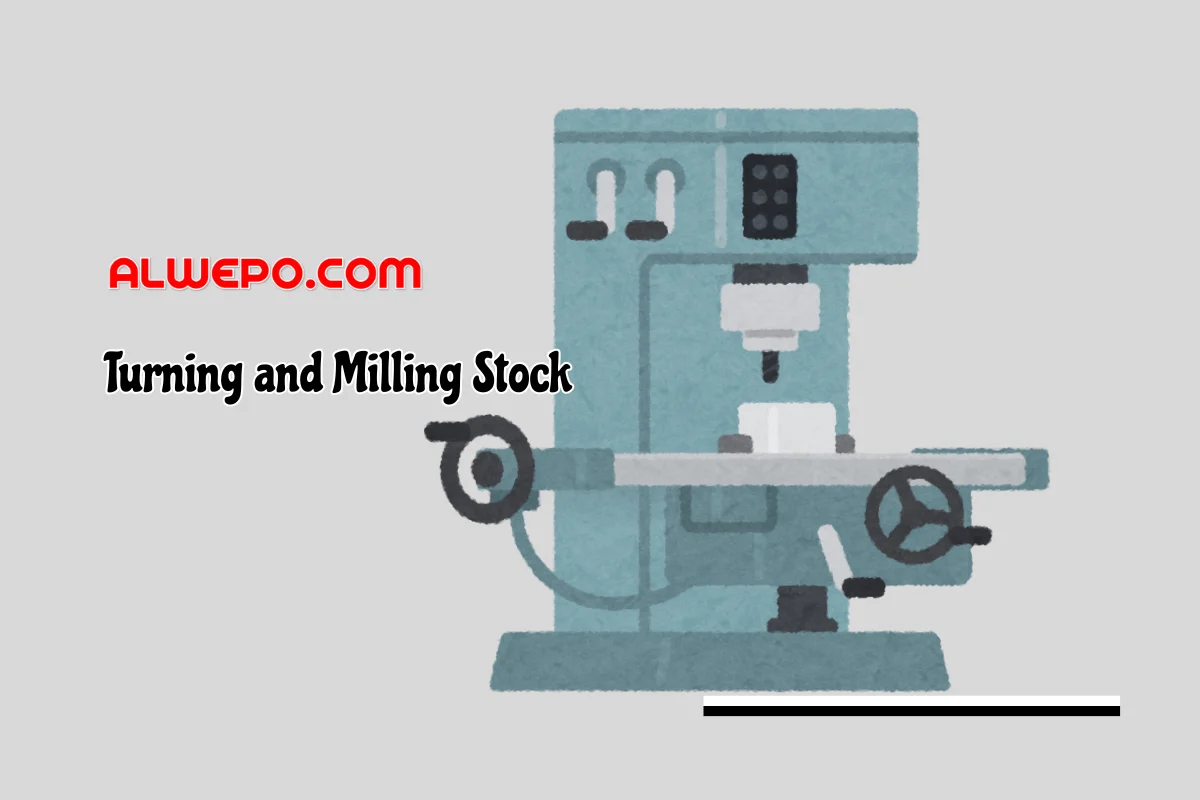
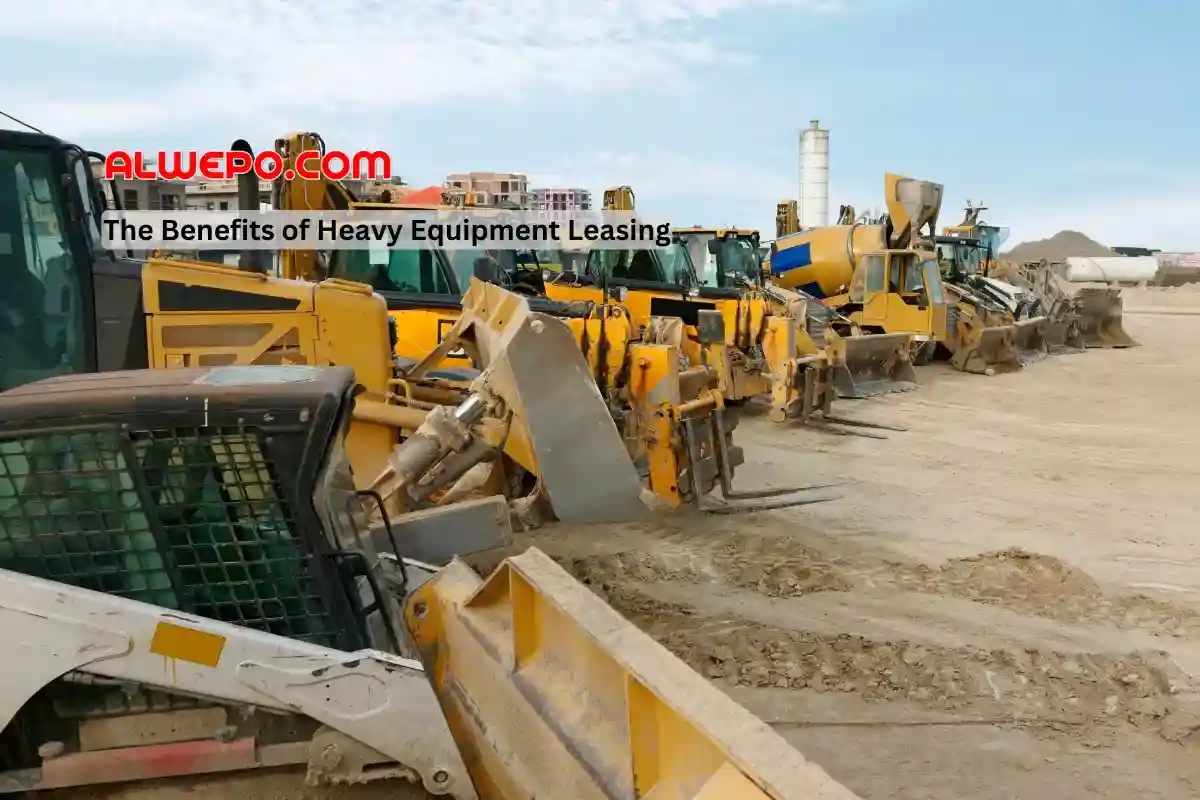


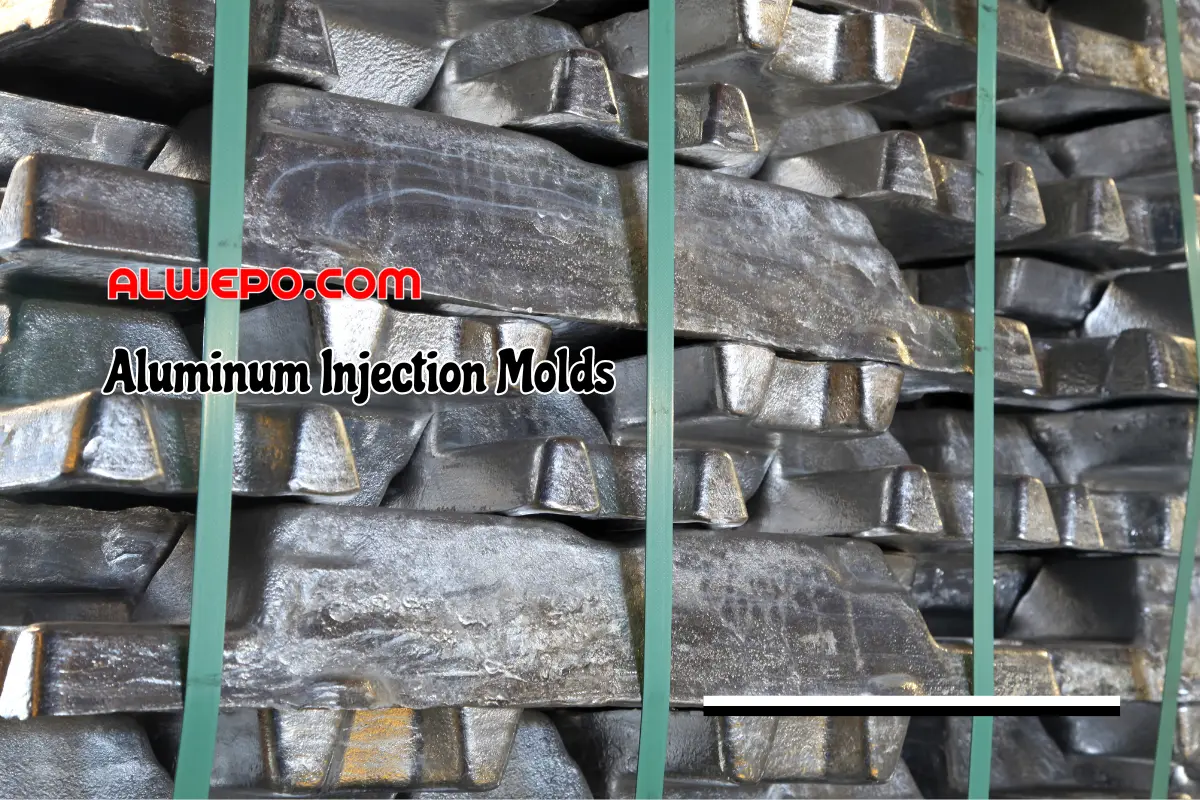


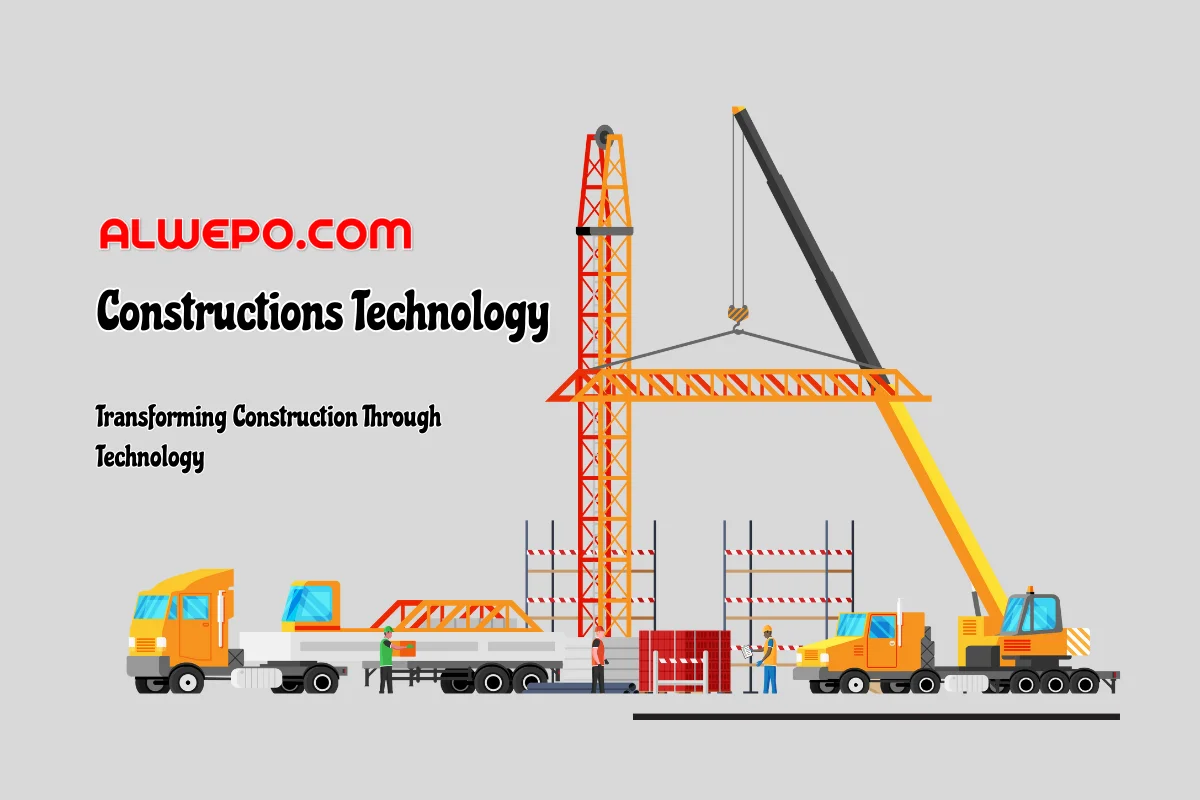

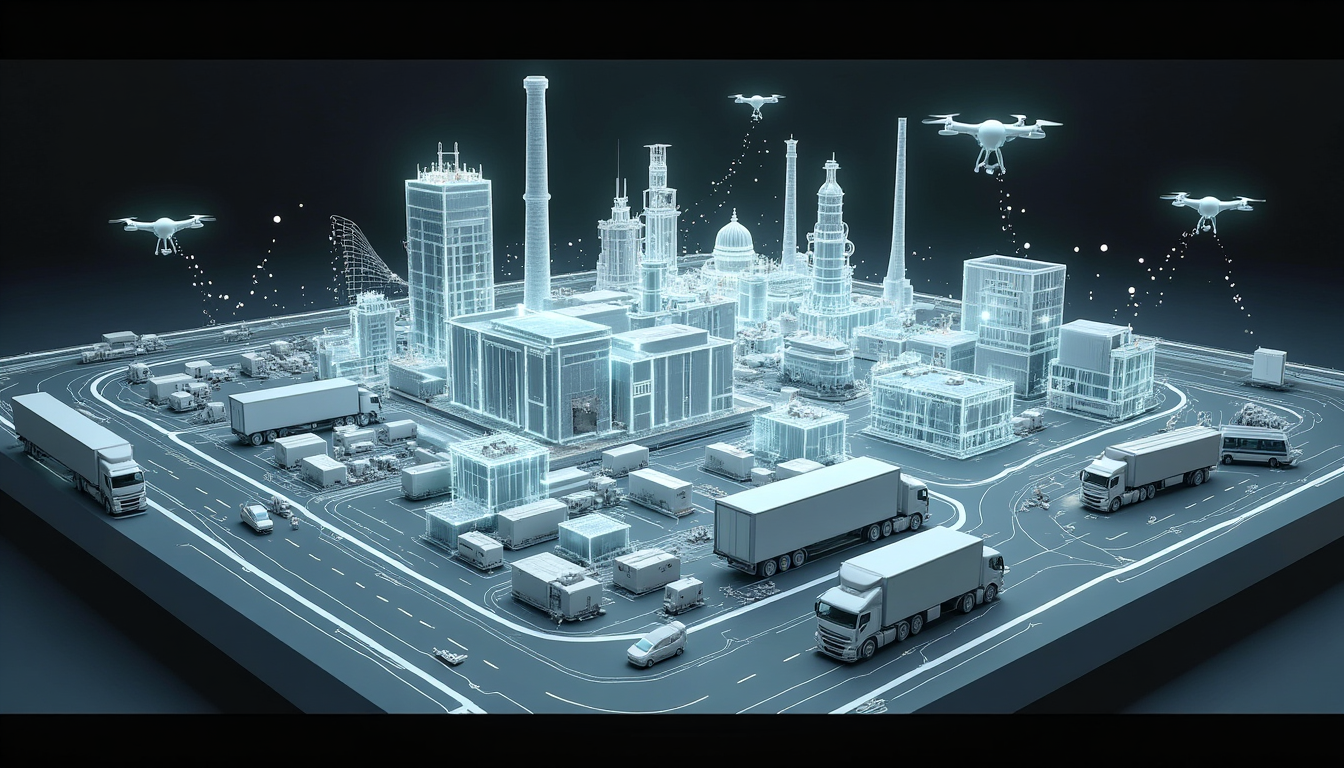
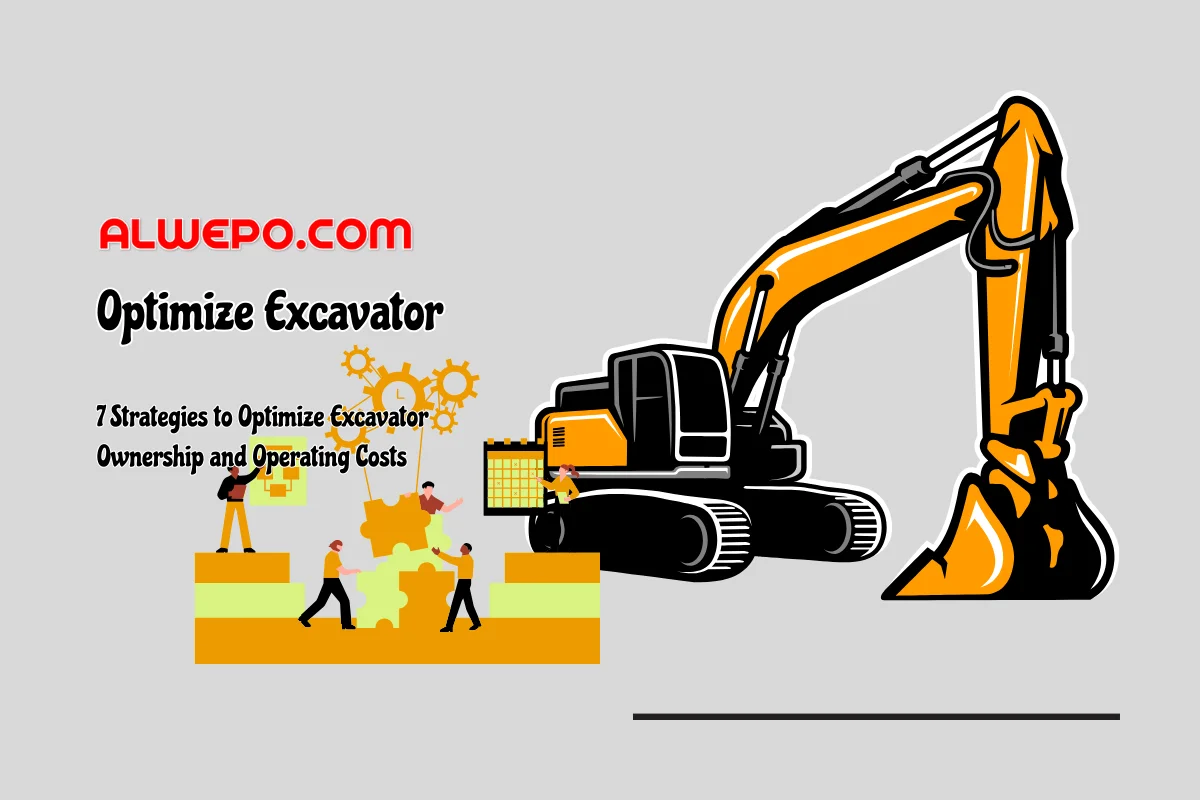



Leave a Reply
View Comments